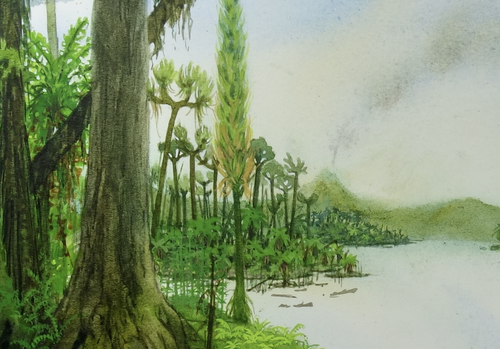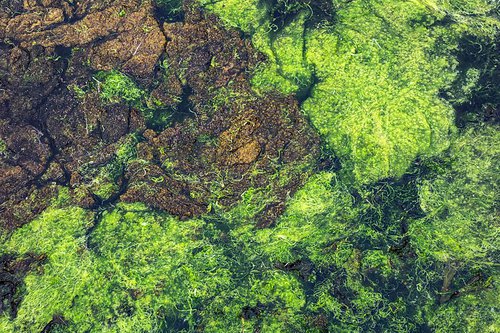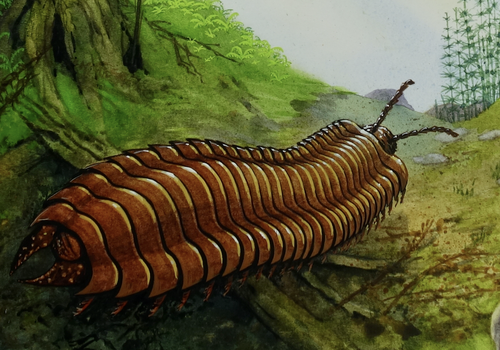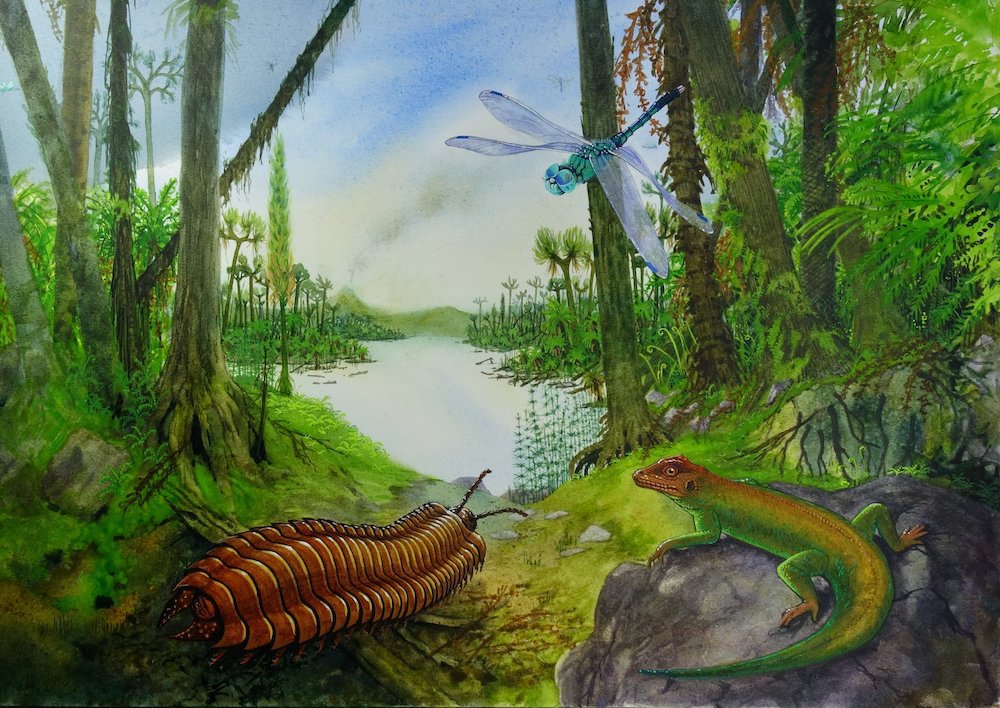You know what Scottish weather is like, always something happening with four seasons in a day sometimes. It would be quite nice if it was warm more often though. 350 million years ago Scotland was on the equator and it was a lot warmer, but you might not have liked it. It is at this time, in this environment that oil shale was formed.

Lake Cadell
Where you are standing in this part of Scotland in the Carboniferous was Lake Cadell, a shallow body of water with swampy edges and tall trees. It was very hot, and humid, very similar to a tropical rainforest today. Also this lake changed a lot, sometimes open to the sea and it was a mix of lake, lagoon, and delta environments as the patterns of land and sea changed
Warm, wet and humid Carboniferous. Image: Claire Hewitt

Shale from scum
Oil shale is not coal, and different conditions are required to form them both. Shallow water with algae and a lot of fime grained sediment creates oil shale. Think of cloudy water with a green scum. When the algae die all of this organic matter sinks to the lake floor and is incorporated in fine-grained sediment (mud). Through time these sediments with their organic content are compressed and solidify to form a harder rock, oil shale.
Algae, the raw material of oil shale. Image: Wikimedia Commons

Giant Millipedes
During the Carboniferous there was more oxygen in the atmosphere, which may be one of the reasons why some of the insects found are largely than you’d expect. A notable, and disturbing creature was a giant millipede (Arthropleura) which is estimated to be about 2m long, by measuring the length of its footprints, or as described by one school pupil – ‘that’s bigger than my sister!’
Arthropleura, walking away from us, fortunately. Image: Claire Hewitt













